Water is vital to our daily lives, both for personal and domestic use and industrial/commercial applications. Whether a facility focuses on the production of clean, potable water or treating effluent, Crowcon is proud to serve a wide variety of water industry clients, providing gas detection equipment that keeps workers safe around the world.
Gas Hazards
Apart from common gas hazards known in the industry; methane, hydrogen sulphide, and oxygen, there are bi-product gas hazards and cleaning material gas hazards that occur from purifying chemicals such as ammonia, chlorine, chlorine dioxide or ozone that are used in the decontamination of the waste and effluent water, or to remove microbes from clean water. There is great potential for many toxic or explosive gases to exist as a result of the chemicals used in the water industry. And added to these are chemicals that may be spilled or dumped into the waste system from industry, farming or building work.
Safety Considerations
Confined Space Entry
The pipelines used to transport water require regular cleaning and safety checks; during these operations, portable multi-gas monitors are used to protect the workforce. Pre-entry checks must be completed prior to entering any confined space and commonly O2, CO, H2S and CH4 are monitored. Confined spaces are small, so portable monitors must be compact and unobtrusive for the user, yet able to withstand the wet and dirty environments in which they must perform. Clear and prompt indication of any increase in gas monitored (or any decrease for oxygen) is of paramount importance – loud and bright alarms are effective in raising the alarm to the user.
Risk assessment
Risk assessment is critical, as you need to be aware of the environment that you are entering and thus working in. Therefore, understanding the applications and identifying the risks regarding all safety aspects. Focusing on gas monitoring, as part of the risk assessment, you need to be clear on what gases may be present.
Fit for purpose
There is a variety of applications within the water treatment process, giving the need to monitor multiple gases, including carbon dioxide, hydrogen sulphide, chlorine, methane, oxygen, ozone and chlorine dioxide. Gas detectors are available for single or multiple gas monitoring, making them practical for different applications as well as making sure that, if conditions change (such as sludge is stirred up, causing a sudden increase in hydrogen sulphide and flammable gas levels), the worker is still protected.
Legislation
European Commission Directive 2017/164 issued in January 2017, established a new list of indicative occupational exposure limit values (IOELVs). IOELV are health-based, non-binding values, derived from the most recent scientific data available and considering the availability of reliable measurement techniques. The list includes carbon monoxide, nitrogen monoxide, nitrogen dioxide, sulphur dioxide, hydrogen cyanide, manganese, diacetyl and many other chemicals. The list is based on Council Directive 98/24/EC that considers the protection of the health and safety of workers from the risks related to chemical agents in the workplace. For any chemical agent for which an IOELV has been set at Union level, Member States are required to establish a national occupational exposure limit value. They also are required to take into account the Union limit value, determining the nature of the national limit value in accordance with national legislation and practice. Member States will be able to benefit from a transitional period ending at the latest on 21 August 2023.
The Health and Safety Executive (HSE) state that each year several workers will suffer from at least one episode of work-related illness. Although, most illnesses are relatively mild cases of gastroenteritis, there is also a risk for potentially fatal diseases, such as leptospirosis (Weil’s disease) and hepatitis. Even though these are reported to the HSE, there could be significant under-reporting as there is often failure to recognise the link between illness and work.
Under domestic law of the Health and Safety at Work etc Act 1974, employers are responsible for ensuring the safety of their employees and others. This responsibility is reinforced by regulations.
The Confined Spaces Regulations 1997 applies where the assessment identifies risks of serious injury from work in confined spaces. These regulations contain the following key duties:
- Avoid entry to confined spaces, e.g., by doing the work from the outside.
- If entry to a confined space is unavoidable, follow a safe system of work.
- Put in place adequate emergency arrangements before the work start.
The Management of Health and Safety at Work Regulations 1999 requires employers and self-employed people to carry out a suitable and sufficient assessment of the risks for all work activities for the purpose of deciding what measures are necessary for safety. For work in confined spaces this means identifying the hazards present, assessing the risks and determining what precautions to take.
Our solutions
Elimination of these gas hazards is virtually impossible, so permanent workers and contractors must depend on reliable gas detection equipment to protect them. Gas detection can be provided in both fixed and portable forms. Our portable gas detectors protect against a wide range of gas hazards, these include T4x, Clip SGD, Gasman, Tetra 3, Gas-Pro, T4 and Detective+. Our fixed gas detectors are used in many applications where reliability, dependability and lack of false alarms are instrumental to efficient and effective gas detection, these include Xgard, Xgard Bright and IRmax. Combined with a variety of our fixed detectors, our gas detection control panels offer a flexible range of solutions that measure flammable, toxic and oxygen gases, report their presence and activate alarms or associated equipment, for the wastewater industry our panels include Gasmaster.
To find out more on the gas hazards in wastewater and water treatment visit our industry page for more information.


